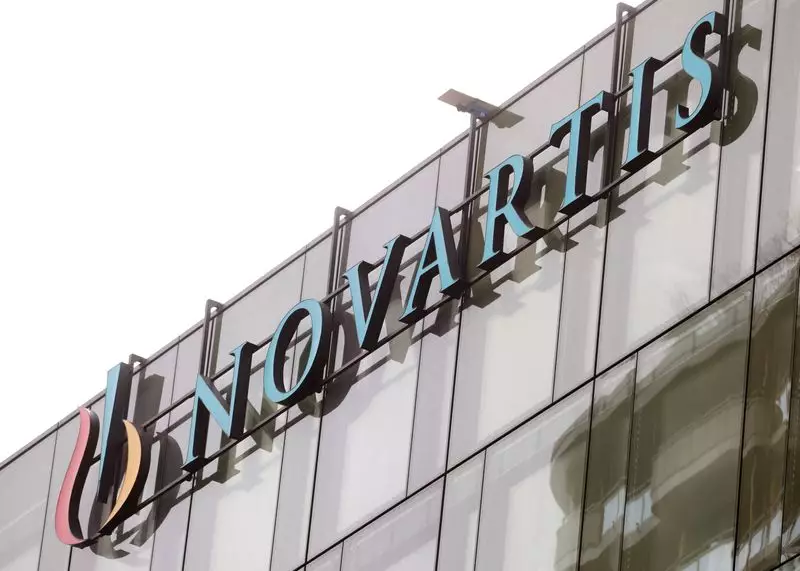In a recent interview, Novartis CEO Vas Narasimhan conveyed an optimistic outlook for the pharmaceutical giant, projecting a consistent annual sales growth of 5% or more through 2028. This ambitious target is grounded in the company’s robust product pipeline, which Narasimhan asserts will be bolstered by several drugs projected to generate multi-billion dollar revenues. Despite looming patent expirations for key products like Entresto, which is utilized for heart failure treatment, Narasimhan expressed unwavering confidence in Novartis’ ability to navigate these challenges successfully.
The significance of maintaining a strong pipeline of innovative medications cannot be understated. The pharmaceutical industry often witnesses a decline in sales following patent expirations, as generic alternatives flood the market. However, Narasimhan’s confidence stems from Novartis’ diversified portfolio and their capacity to introduce new drugs that can fill any potential revenue gaps. This proactive approach reflects a strategic mindset that is essential in a rapidly evolving market.
Profit Margins and Investment Strategy
While growth projections are reassuring, Narasimhan outlined a tempered expectation regarding core operating profit margins, which are currently at 40.1%. He indicated that a stable profit margin in the low 40% range is sufficient for Novartis’ operations. This perspective highlights an essential balancing act within the pharmaceutical sector: while investors often favor higher margins, they can also lead to reduced investment in research and development. Narasimhan’s stance underscores a long-term vision that prioritizes innovation and growth over ephemeral profit spikes, recognizing that sustainable success in pharmaceuticals is rooted in continuous advancement.
Moreover, the CEO reaffirmed Novartis’ commitment to strategic acquisitions, particularly smaller bolt-on deals valued under $1 billion. This reflects an intent to enhance the company’s portfolio without overextending financial resources. Narasimhan also noted that Novartis remains open to larger acquisitions, suggesting that the company is poised to capitalize on significant opportunities as they arise. This flexible approach to mergers and acquisitions is indicative of a dynamic organizational strategy, focused on enhancing its competitive position while being mindful of the economic implications.
As Novartis prepares for the future, it faces the dual challenge of adapting to an industry where patent expirations are inevitable while simultaneously investing in innovation. CEO Vas Narasimhan’s vision articulates a roadmap characterized by cautious optimism, emphasizing both growth and strategic investment. While the road ahead may be fraught with difficulties, particularly concerning the looming loss of exclusivity for some products, the resilient framework that Novartis is building appears to be well-structured to withstand these pressures. The combination of strong pipeline development, investment in research, and adaptive acquisition strategies will be vital in maintaining Novartis’ reputation as a leader in the pharmaceutical landscape.

